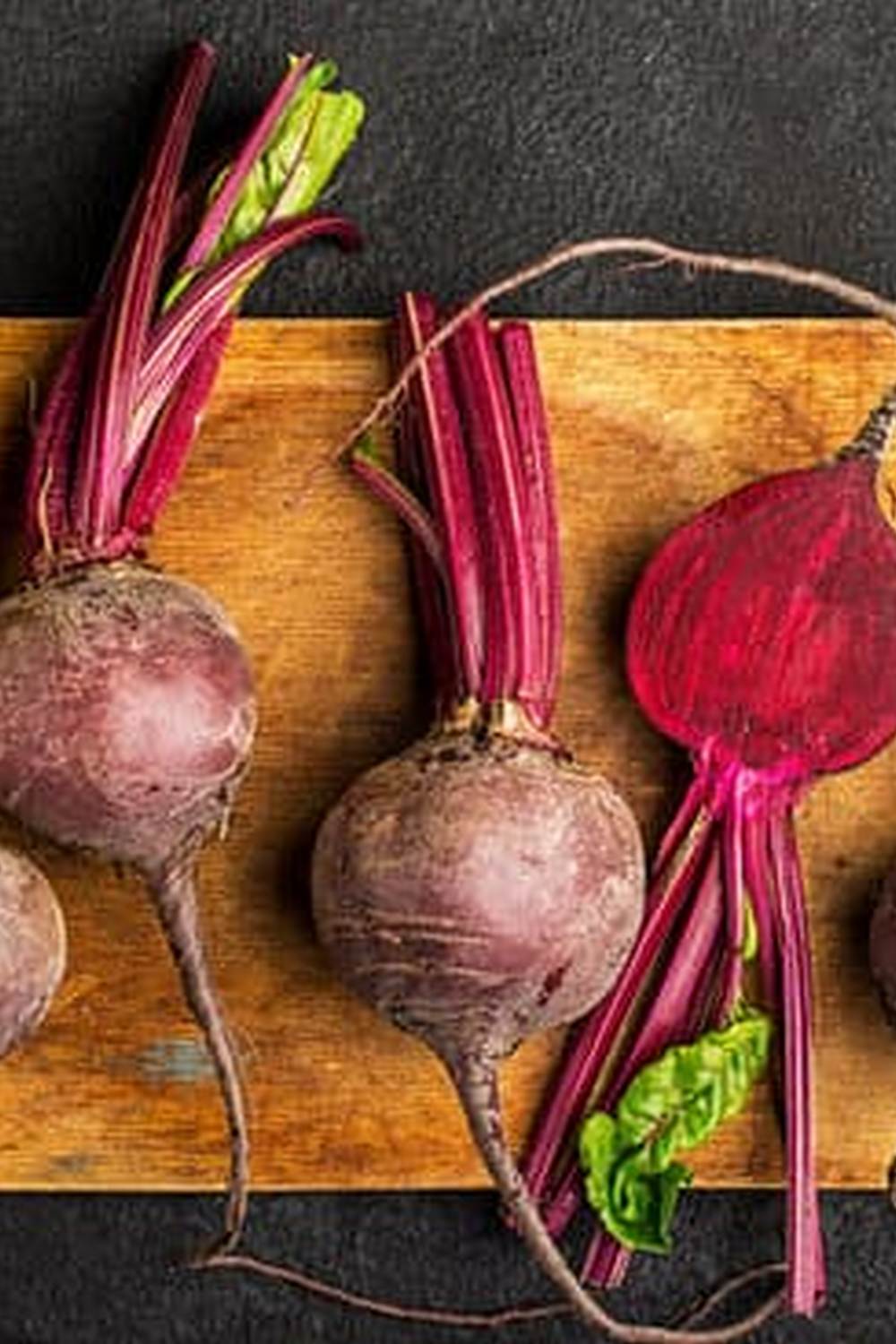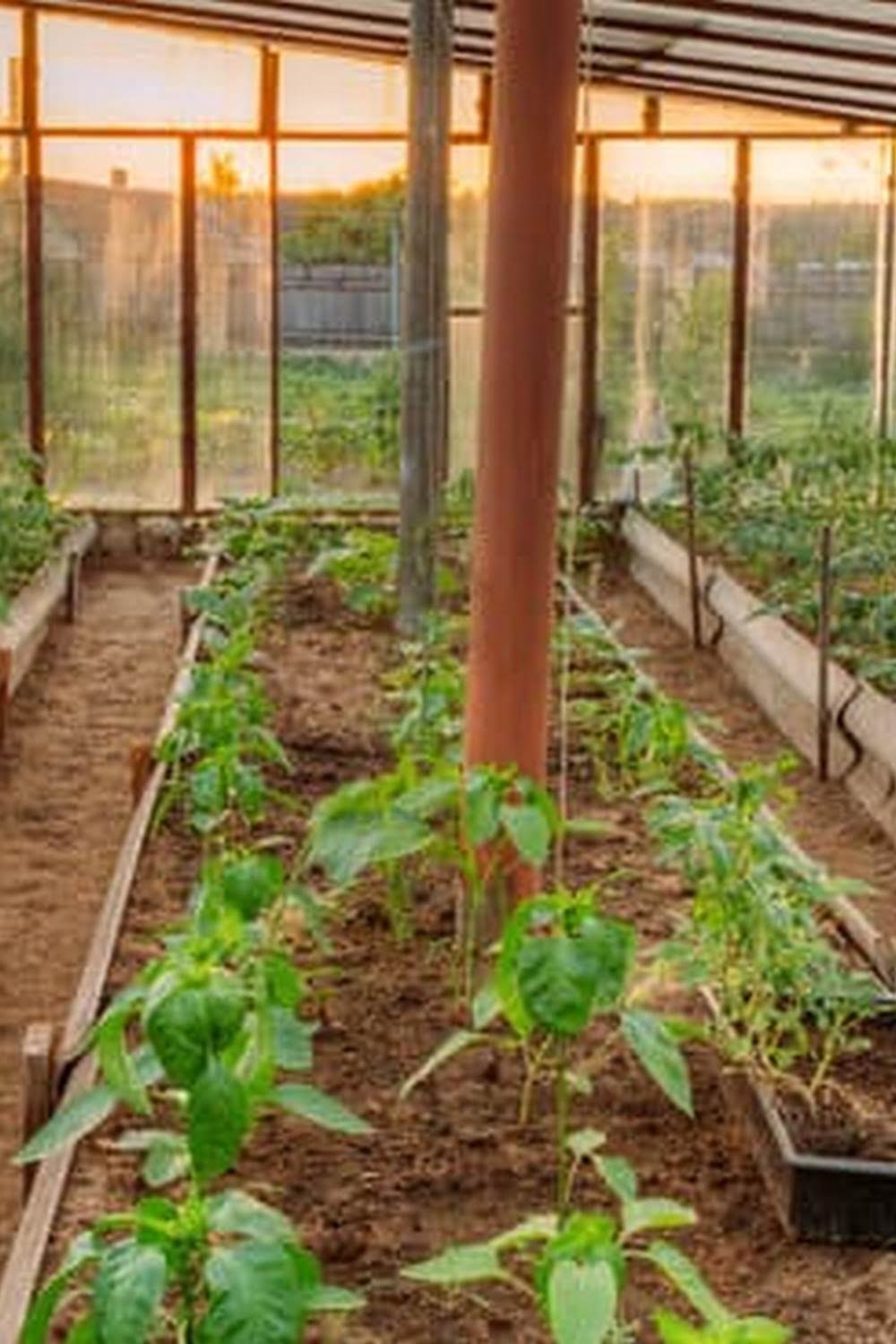Are you looking to bring some greenery and sustainable living into your urban space? Urban vegetable gardens are a growing trend that not only adds beauty to city environments but also provides numerous benefits. In this article, we will explore the world of urban vegetable gardens and provide you with inspirational images to get you started on your own gardening journey.
Urban vegetable gardens offer a way for city dwellers to connect with nature and enjoy the satisfaction of growing their own food. From small balconies to rooftop terraces, these gardens can thrive in even the most compact spaces. Whether you’re new to gardening or a seasoned pro, there are plenty of design ideas and resources available to help you create a thriving green oasis in your urban environment.
In addition to the personal enjoyment that comes from tending to an urban garden, there are also important environmental and health benefits associated with growing your own vegetables. From reducing air pollution to promoting healthy eating habits, urban vegetable gardens contribute positively to both individual well-being and community sustainability. Join us as we delve into the fascinating world of urban vegetable gardens and discover the potential impact they can have on cities and communities worldwide.
Benefits of Urban Vegetable Gardens
Urban vegetable gardens offer a wide array of benefits that make them a worthwhile pursuit for urban dwellers. From providing a source of fresh, organic produce to contributing to environmental sustainability, there are numerous reasons why individuals should consider starting their own urban vegetable garden.
Health Benefits
One of the most compelling reasons to start an urban vegetable garden is the health benefits it can provide. Growing your own produce ensures that you have access to fresh, chemical-free fruits and vegetables, which are essential for maintaining a healthy diet. Additionally, the physical activity involved in gardening can contribute to improved physical fitness and mental well-being.
Environmental Impact
Urban vegetable gardens also play a crucial role in promoting environmental sustainability. By growing your own food locally, you reduce the carbon footprint associated with transportation and packaging of commercially grown produce. Moreover, homegrown vegetables significantly minimize the use of harmful pesticides and fertilizers found in conventional agriculture methods.
Community Connection
Another benefit of urban vegetable gardens is their ability to foster a sense of community among neighbors. Engaging in gardening activities often leads to forming relationships with other gardeners within your neighborhood. Sharing tips, seeds, and surplus harvests creates a culture of mutual support and camaraderie that strengthens social ties within urban communities.
Choosing the Right Location for Your Urban Vegetable Garden
When it comes to starting your own urban vegetable garden, one of the most important decisions you’ll make is choosing the right location for it. The success of your garden largely depends on its location, so it’s crucial to carefully consider this aspect before getting started. Here are some factors to keep in mind when selecting the perfect spot for your urban vegetable garden:
- Amount of sunlight: Most vegetables require at least 6-8 hours of direct sunlight each day. Choose a location that receives ample sunlight throughout the day to ensure that your plants thrive.
- Accessibility to water: Since vegetables need consistent watering, it’s essential to place your garden in an area that is easily accessible to a water source. This can be a hose or a nearby faucet.
- Soil quality: Good soil is the foundation of a successful vegetable garden. Test the soil in potential locations and choose an area with fertile, well-draining soil for optimal growth.
In addition to these factors, consider the available space, proximity to your home, and any potential obstacles such as tall buildings or trees that may cast shade over your garden. By carefully considering all these elements, you can choose a location that sets your urban vegetable garden up for success.
Ultimately, the goal is to find a location that provides the best possible growing conditions for your vegetables while also being convenient and accessible for regular maintenance and care. With the right location, you’ll be well on your way to enjoying a thriving urban vegetable garden right in your own backyard or community space.
Design and Layout Ideas for Urban Vegetable Gardens
When it comes to designing and laying out your urban vegetable garden, there are several important factors to consider. One of the key considerations is maximizing space.
In an urban setting, space is often limited, so vertical gardening or raised beds can be a great way to make the most of what you have. Vertical gardening involves growing plants on a vertical surface, such as a trellis or wall, while raised beds allow you to create higher soil depth and better drainage for your plants.
Another aspect to think about is the aesthetics of your garden. Incorporating paths or walkways between your vegetable beds not only makes it easier to tend to your plants but also adds visual interest to your garden. You can also consider adding decorative elements such as fountains, sculptures, or colorful planters to enhance the overall look of your urban vegetable garden.
Additionally, it’s important to plan for diversity in your garden layout. Mixing different types of vegetables and herbs not only creates a visually appealing space but also helps with natural pest control and promotes healthy soil. Companion planting is another technique where certain plants are grown together because they benefit each other in some way, whether that’s deterring pests or enhancing flavor.
In summary, when designing and laying out an urban vegetable garden, maximizing space, considering aesthetics, and planning for diversity are all essential components. By carefully planning the design and layout of your garden, you can create a beautiful and productive space even in an urban environment.
| Factor | Consideration |
|---|---|
| Maximizing Space | Vertical gardening or raised beds |
| Aesthetics | Incorporating paths/walkways and decorative elements |
| Diversity | Mixing different types of vegetables/herbs and companion planting |
Essential Tools and Supplies for Maintaining an Urban Vegetable Garden
When it comes to maintaining a successful urban vegetable garden, having the right tools and supplies is essential. From soil preparation to irrigation, having the proper equipment can make all the difference in the health and productivity of your garden. In this section, we will explore some of the essential tools and supplies that every urban gardener should have on hand.
Soil Testing Kits
Before you start planting your urban vegetable garden, it’s important to test the soil to ensure it has the right pH levels and nutrient content. Soil testing kits are easy to use and can provide valuable information to help you determine what amendments may be needed to optimize growing conditions for your plants.
Garden Gloves and Hand Tools
To maintain your urban vegetable garden, you will need a good pair of durable gardening gloves to protect your hands from thorns, insects, and rough materials. Additionally, investing in high-quality hand tools such as a trowel, pruners, and a weeder can make planting, cultivating, and harvesting much easier.
Irrigation Equipment
In an urban setting where space may be limited, having efficient irrigation equipment is crucial for ensuring that your vegetables receive adequate water without wastage. Consider investing in soaker hoses or drip irrigation systems that deliver water directly to the root zone of your plants while conserving water.
By having these essential tools and supplies on hand, you can set yourself up for success in maintaining a thriving urban vegetable garden. With proper care and attention to detail, your garden will not only provide fresh produce but also contribute to a more sustainable and environmentally friendly community.
Tips for Successful Urban Vegetable Gardening
When it comes to successful urban vegetable gardening, there are a few key tips to keep in mind. The first tip is to carefully plan and research what vegetables are best suited for your specific location. Consider factors such as sunlight, temperature, and available space. Understanding the needs of the vegetables you want to grow will increase your chances of a successful harvest.
Another important tip is to make efficient use of space in your urban vegetable garden. With limited area available, vertical gardening, raised beds, and container gardening can help maximize your growing area. Utilizing these methods can also add visual interest to your garden and showcase the beauty of urban vegetable gardens.
It’s also crucial to pay attention to soil quality and proper watering techniques. Urban environments may have different soil compositions than traditional rural settings, so it’s essential to test and amend the soil as needed. Additionally, using mulch can help conserve moisture and regulate soil temperature for optimal growth. Proper watering practices, such as consistent watering schedules and efficient irrigation systems, are also key elements in successful urban vegetable gardening.
By following these tips and strategies, you can ensure that your urban vegetable garden thrives and provides a bountiful harvest of fresh produce right in the heart of the city. For more inspiration and guidance on successful urban vegetable gardening, take a look at the images of thriving urban gardens that showcase the ingenuity and beauty of this growing trend.
Showcasing Urban Vegetable Gardens
When it comes to urban vegetable gardens, seeing is believing. Inspirational images and success stories can be the key to encouraging others to start their own garden in the city. These images and stories serve as tangible evidence of the potential beauty and productivity of urban vegetable gardens. Whether it’s a small balcony garden, a community garden plot, or a rooftop oasis, showcasing these examples can inspire others to take the leap and start their own urban vegetable garden.
One of the benefits of showcasing urban vegetable gardens through images is the visual appeal. Seeing lush green plants thriving in a city setting can be incredibly inspiring.
Images of urban vegetable gardens can also help dispel the misconception that you need a lot of space to grow your own food. By featuring diverse types of urban gardens, from vertical gardens on apartment balconies to raised beds in community parks, people can see that there are endless possibilities for growing food in an urban environment.
In addition to visual inspiration, success stories about urban vegetable gardens can provide practical tips and motivation for those considering starting their own garden. These stories can highlight the challenges faced by urban gardeners and how they overcame them, as well as share tips for maximizing productivity and dealing with limited space.
Success stories can also showcase the positive impact that urban vegetable gardens have on individuals and communities, from providing fresh produce for families to fostering a sense of connection and pride in neighborhoods.
| Urban Vegetable Garden Image | Success Story Summary |
|---|---|
 | Community garden transformed vacant lot into thriving green space |
 | Family grows variety of vegetables on small city balcony |
 | Local school teaches students about gardening through rooftop garden project |
The Future of Urban Vegetable Gardens
As the trend of urban vegetable gardens continues to grow, it is important to explore how this movement is impacting cities and communities. Urban vegetable gardens are not just about growing food, but they also play a significant role in shaping the future of urban spaces and improving the well-being of local residents.
One way that urban vegetable gardens are impacting cities and communities is by promoting sustainability and environmental awareness. By growing their own produce, urban gardeners are reducing their carbon footprint and contributing to a more sustainable food system. This trend is influencing local policies and initiatives focused on sustainable living and environmental conservation.
Moreover, the rise of urban vegetable gardens is fostering a sense of community and social cohesion. Community gardens in urban areas provide a space for people to come together, share knowledge, and build relationships with their neighbors. These green spaces enhance the aesthetic appeal of the neighborhood while also serving as hubs for social interaction and collective action.
Additionally, the popularity of urban vegetable gardens is driving economic development in cities. As more people embrace home gardening, there is an increased demand for gardening supplies, tools, and educational resources. This trend has led to the emergence of new businesses catering to urban gardeners, creating job opportunities and contributing to local economic growth.
- Reducing carbon footprint
- Fostering community engagement
- Driving economic development
The impact of urban vegetable gardens on cities and communities will only continue to grow as more people recognize the benefits they offer. From environmental sustainability to social well-being and economic prosperity, these green spaces are transforming urban landscapes for the better.
Conclusion
In conclusion, urban vegetable gardens are not only a practical and sustainable way to produce food in cities but also a source of beauty, inspiration, and community connection. As we have explored the many benefits, tips for success, and design ideas for urban vegetable gardens, it is clear that this trend is impacting cities and communities in a positive way.
By growing your own vegetables in an urban setting, you can enjoy fresh produce while reducing your carbon footprint. These gardens also play a crucial role in creating green spaces within our increasingly concrete jungles. The images of flourishing urban vegetable gardens serve as a reminder that even the smallest spaces can be transformed into beautiful and productive areas.
As we look towards the future of urban vegetable gardening, it’s important to encourage others to start their own gardens. Whether you have access to a rooftop, balcony, or simply a window with good sunlight, there is always potential for growing your own food.
By sharing inspirational images and success stories of urban vegetable gardens, we can inspire more people to take action and make a positive impact on their surroundings. So why not join the movement and start your own urban vegetable garden today?
Frequently Asked Questions
What Vegetables Are Good for Urban Gardens?
Vegetables that are good for urban gardens are those that can thrive in smaller spaces, such as tomatoes, peppers, lettuce, spinach, and herbs like basil and cilantro. These vegetables are often easy to grow and do well in containers.
How Do You Make an Urban Vegetable Garden?
To make an urban vegetable garden, you first need to choose a suitable location with enough sunlight. Then, you’ll need to gather containers or pots, soil, seeds or seedlings, and fertilizer. Once everything is ready, plant your vegetables according to the instructions on the seed packets or plant tags.
What Plants Are Best for Urban Gardening?
The best plants for urban gardening are those that don’t take up too much space but still produce a good yield. This includes compact varieties of tomatoes, peppers, cucumbers, and zucchini. Herbs like mint, thyme, and parsley are also excellent choices for small urban gardens.

If you’re looking to get into vegetable gardening, or are just looking for some tips on how to make your current garden better, then you’ve come to the right place! My name is Ethel and I have been gardening for years. In this blog, I’m going to share with you some of my best tips on how to create a successful vegetable garden.





